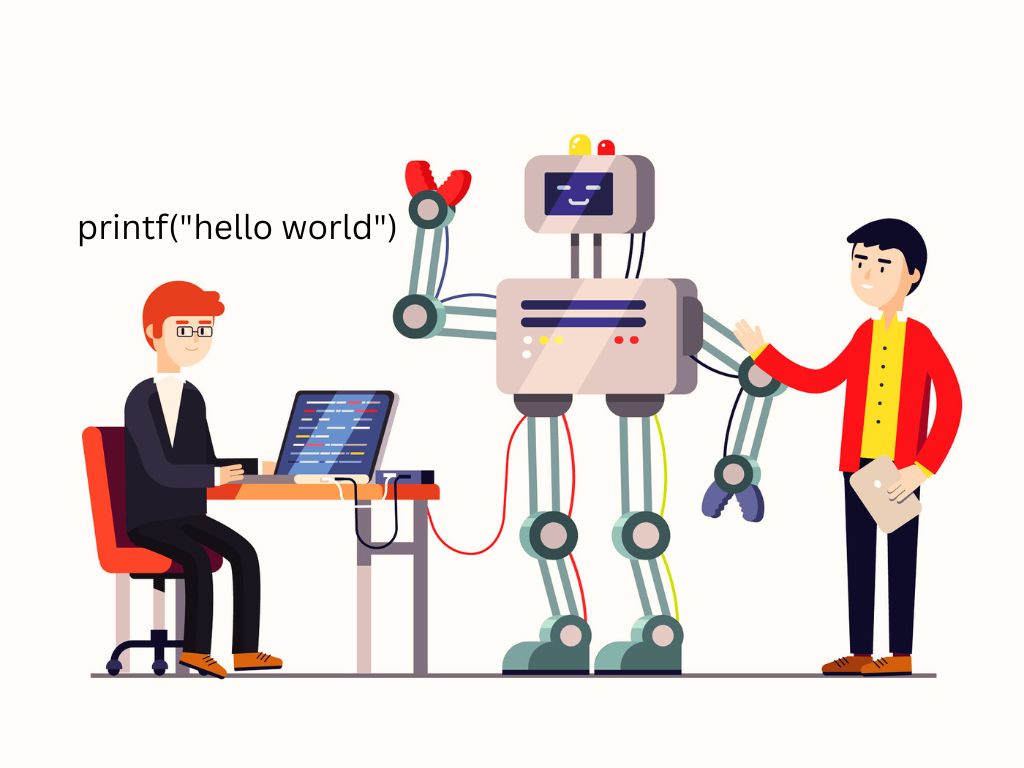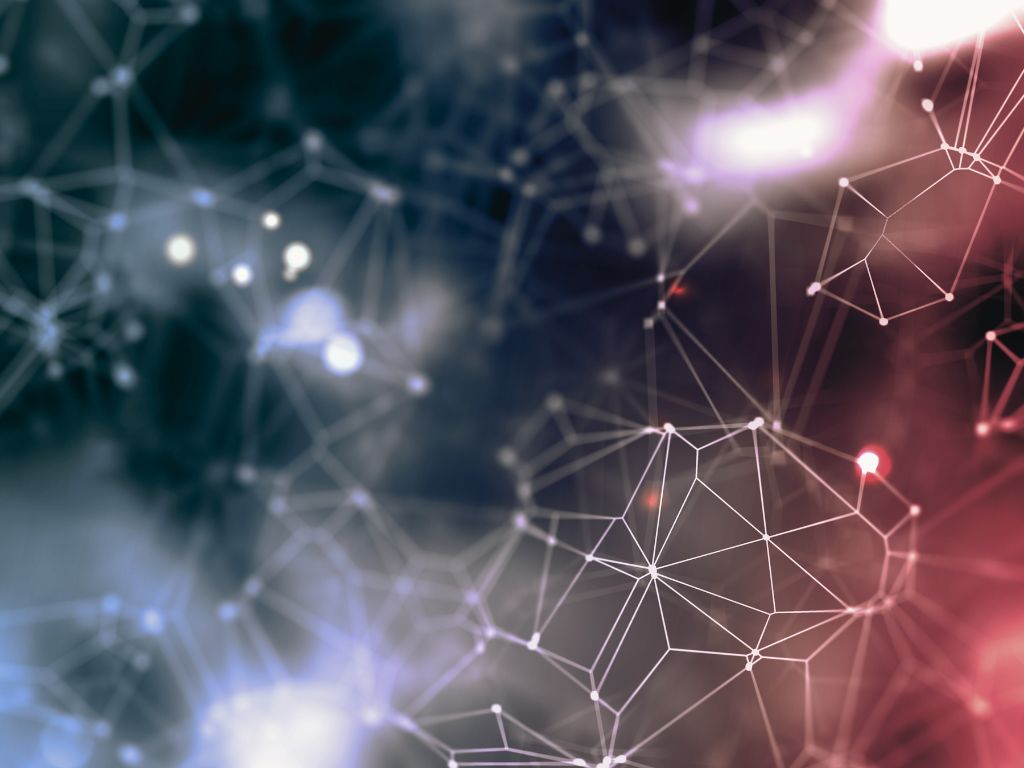The emergence of machine learning has changed the economic landscape. It allows businesses to make data-based decisions and accomplish a strategic edge. According to Forbes, the global industry for machine learning will be worth about $30.6 billion by 2024.
The future outlook of machine learning is diverse and comprehensive. Machine learning models can forecast outcomes, detect patterns and improve decision-making. They can analyze large volumes of data. Consequently, they can enhance innovation and create opportunities for various industries.
We have made a detailed overview of four top machine learning models to know how and what kind of these ML models are revolutionizing industries. We will discuss these models’ working and real-time applications in this blog. Before diving into this, let’s check how machine learning models work.
How Machine Learning Models Works
Machine learning involves developing programs and statistical models that enable machines to learn over time without being programmed. These models are trained on vast volumes of data. The following are the fundamental steps in the operation of machine learning models:
- Data collection: Data collection is the first and most crucial step in making machine learning models operate. The quality of the data broadly defines the performance of the machine learning model. Data may come from social media, customer data, and market trends.
- Data preprocessing: In this step, the data must be cleaned before fitting into the model. It involves identifying and removing any anomalies in the data. It can be done through various methods, including data profiling and imputation. The quality of the data can lead to biased results. A survey by CrowdFlower shows that data scientists spend 80% of their time preparing data for machine learning models.
- Model selection: The next step in the process is selecting the ML model. The primary purpose of this step is to choose the model suitable for the dataset. The model selection also involves selecting various factors, including dataset size, the level of the desired accuracy, and the problem you are intended to solve.
- Model training: This step involves training the ML model once selected. During this phase, the ML models are trained to identify patterns inside the dataset. They adjust their parameters until the desired level of accuracy is achieved.
- Model evaluation: Model evaluation is done after the training phase. This phase primarily focuses on how models perform when given new data. It determines the reliability, accuracy, and generalization of the ML model.
- Model deployment: This is the last step and involves deploying ML models into production. This entails making the model accessible to end consumers or other systems via an API or connection. The model deployment aims to make the model scalable and efficient for its intended function, such as forecasting outcomes or making suggestions.

Top Machine Learning Models that are Revolutionizing Industries
Although various machine learning models are helping multiple industries, we have focused on the top four machine learning models that have helped in revolutionizing industries. Here are they:
- Random forest
- Recurrent neural networks
- Convolutional neural networks
- Reinforcement learning
Random Forest
Random forest is an efficient ensemble learning method that can be used for classification, regression, and other machine-learning problems. It uses a decision tree approach to generate a robust predictive framework by combining many decision trees.
Every tree in this model is developed separately on an arbitrary portion of the initial data. The outcome is determined by calculating the mean or overwhelming vote of all the trees’ forecasts.
Applications
- The random forest has been utilized for disease identification and forecasting in the medical field. In a study on predicting liver disease, random forest surpassed other machine learning models with an accuracy of 83.70%.
- Random forest is also widely used in manufacturing and predictive maintenance industries. Its high accuracy, and feature importance make it popular among several machine learning practitioners.
Recurrent Neural Networks
Recurrent neural networks (RNNs) can process time series data and text written in natural language. RNNs are developed to consider the links and order of the items in an input sequence. They become practical tools for text production, machine translation, and speech recognition.
RNNs use a hidden state modified at each time step, their basic concept. This enables the network to retain data from earlier time steps. It then applies it to forecast the upcoming time step.
Application
- RNNs are employed for speech recognition and machine translation, two examples of language modeling applications. For instance, Facebook utilizes RNNs in its machine translation system to produce faster and more efficient results.
- It is also used in the development of intelligent and adaptive games. One of the popular game development platforms, Unity, allows programmers to design game agents with RNN. It lets them pick up on player behavior and modify their tactics accordingly.
Convolutional Neural Networks
Convolutional Neural Networks (CNNs) are neural networks trained to recognize visual trends from pixel image inputs. CNNs learn and extract essential information from input images automatically using pooling layers, convolutional layers, and fully connected layers.
It starts working when its input layer receives the raw pixel data from the image. A single node determines every pixel in the input layer. The size of the input layer depends on the size of the input image. The convolutional layer is the most important in a CNN. It applies several filters to the input image and convolves each to produce a feature map set.
The output of the pooling layer is passed to the fully connected layer. It then employs a series of parameters to generate the final output vector. This vector is subsequently used to predict the input image. For example, categorizing it or recognizing an object within it.
The SoftMax activation function is applied to the output of the fully linked layer. It generates a spectrum of probabilities over the output categories. Consequently, the model might produce a probabilistic prediction about the input image.
During training, backpropagation and stochastic gradient descent adjust the weights in the convolutional and fully connected layers. It helps to reduce the disparity between the predicted and actual output labels.
Applications
- CNNs have been used to classify photos by identifying handwritten numerals and categorizing items in images. With a top-5 error rate of 3.57%, CNN surpassed humans in the ImageNet Large Scale Visual Recognition Challenge.
- In voice recognition applications, CNN acquires features from audio inputs. For instance, the WaveNet model, a text-to-speech system based on CNN, obtains the highest levels of accuracy and authenticity on several benchmark datasets. The model expands the network’s receptive field while preserving computational efficiency using dilated convolutions.

Reinforcement Learning
Let’s assume you are playing the game for the first time. You need to work on the game’s goal. You choose actions according to what you believe. You will gain knowledge from your errors by playing again and again.
This is comparable to how RL operates. Similar to how you engage in a video game. A computer program in real life (referred to as an agent) learns through engaging with a situation. The environment reacts to the agent’s action by sending a reward signal. It could be positive or negative. This feedback is incorporated into the agent’s decision-making process to help it perform better.
One of RL’s advantages is that it can manage complicated dynamic settings with a wide range of potential behaviors and states. RL agents need a lot of data and can become stuck in local optima, making training challenging.
Applications
- RL has been used to create intelligent agents that can master games like Go at a level beyond human ability.
- Supply chain operations, like inventory control and logistics strategy, can be optimized.
- RL can develop chatbots and digital assistants to pick up on user conversations and provide better responses.
Conclusion
Machine learning has a bright future and is predicted to continue revolutionizing numerous industries. Machine learning models will grow even more as technology develops, resulting in healthcare, finance, and manufacturing innovations.
The need for qualified individuals who can create, use, and oversee these models will grow along with the need for machine learning. For individuals interested in a career in machine learning, this gives an enormous chance. Machine learning has a promising future and is projected to influence the economic environment for years.
Image Source: kjpargeter
